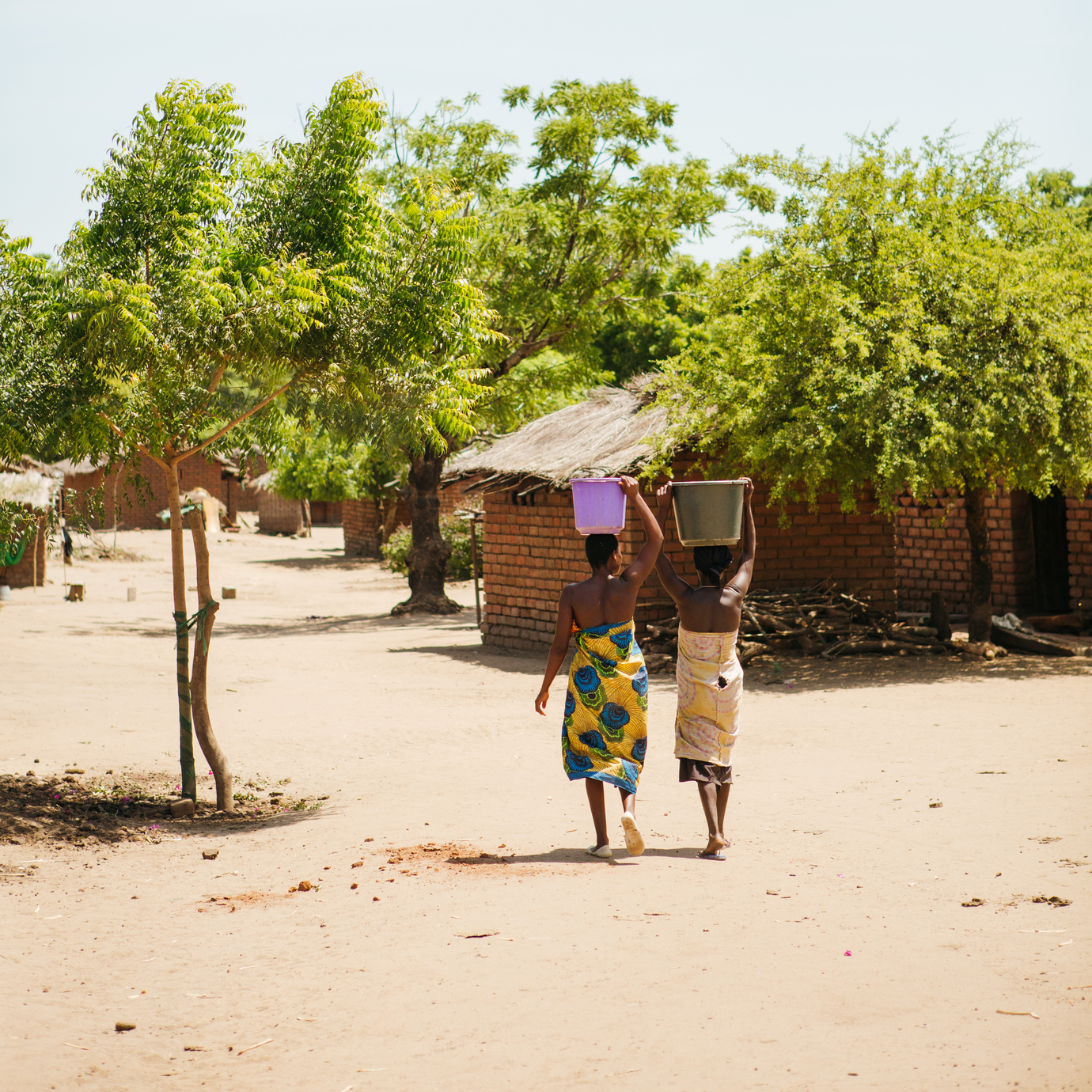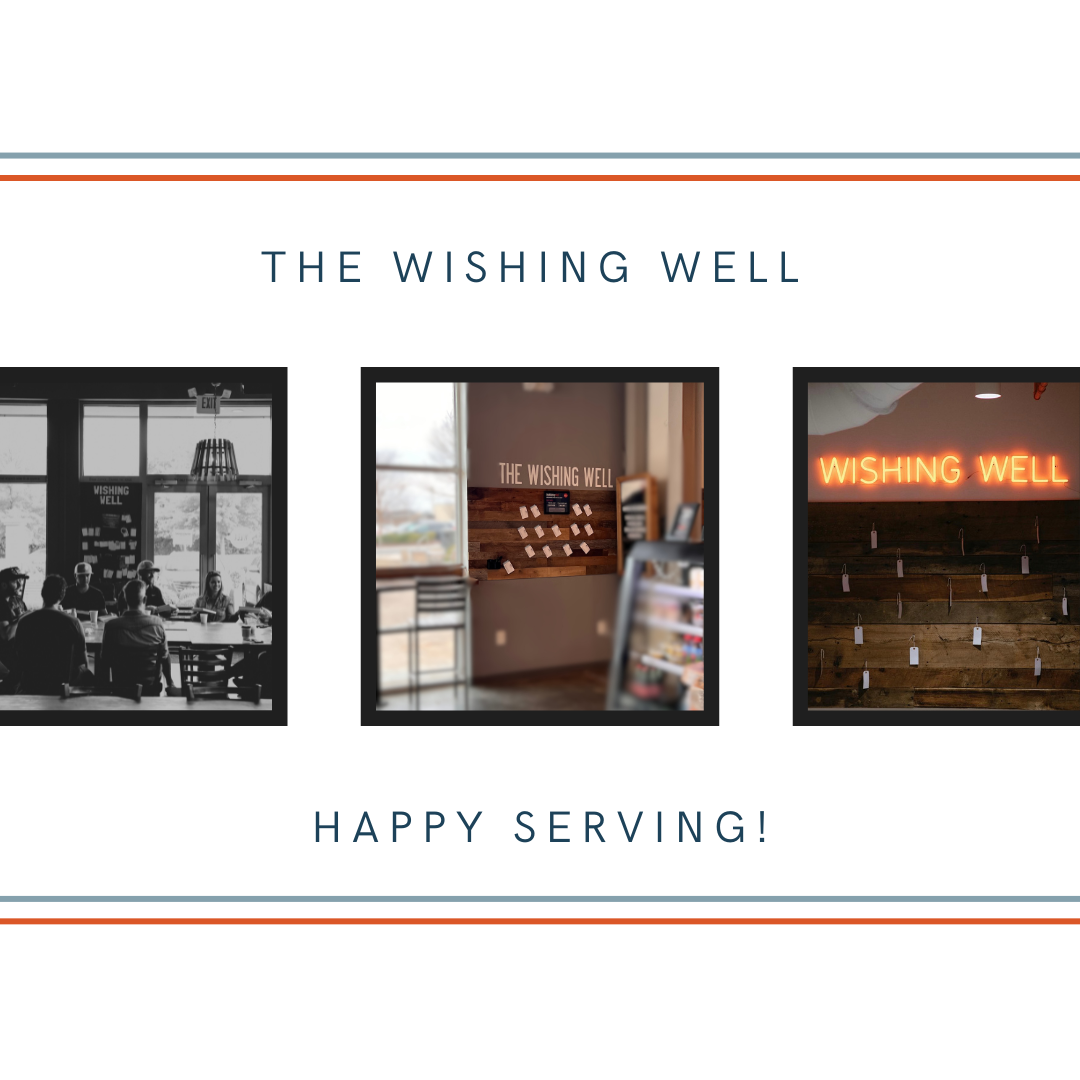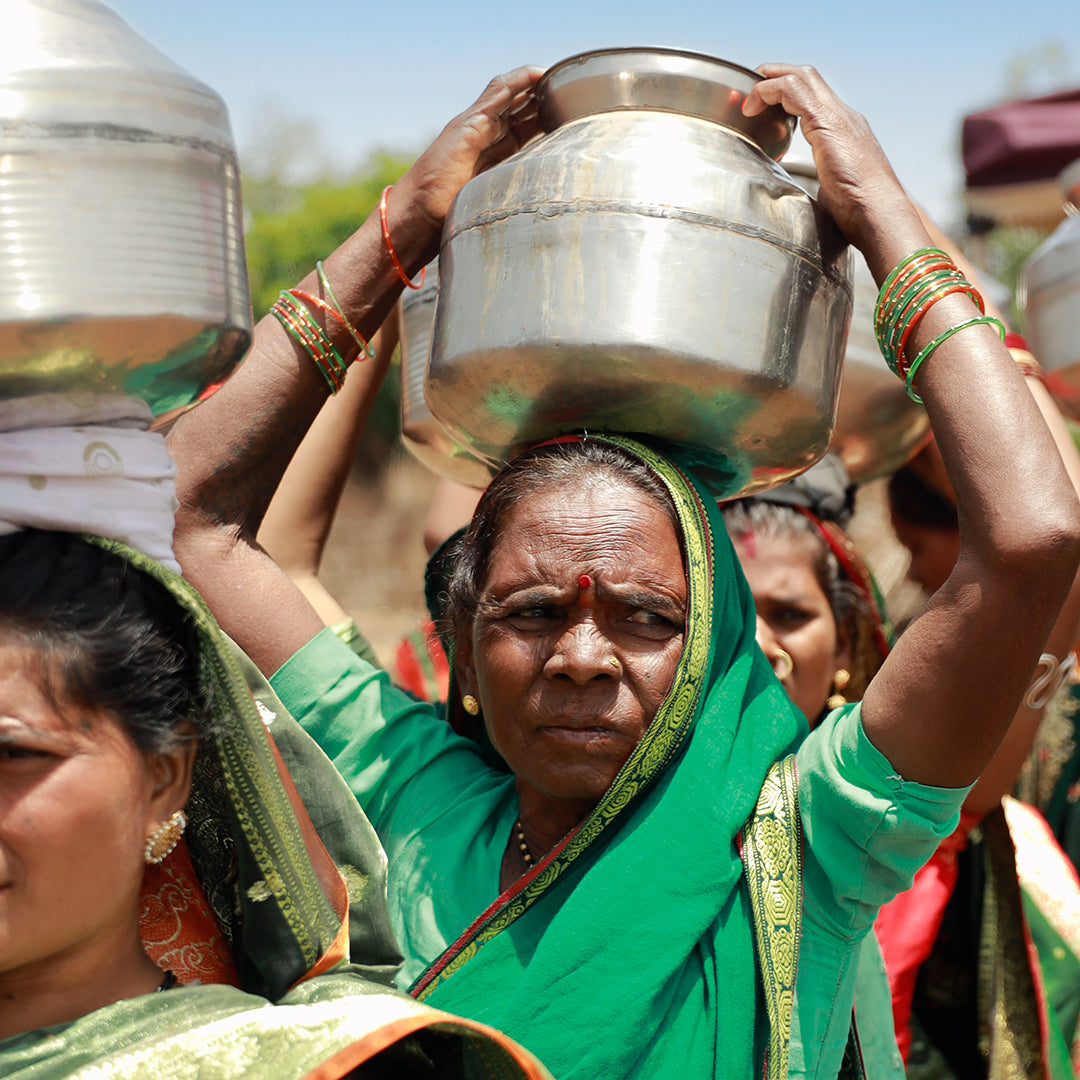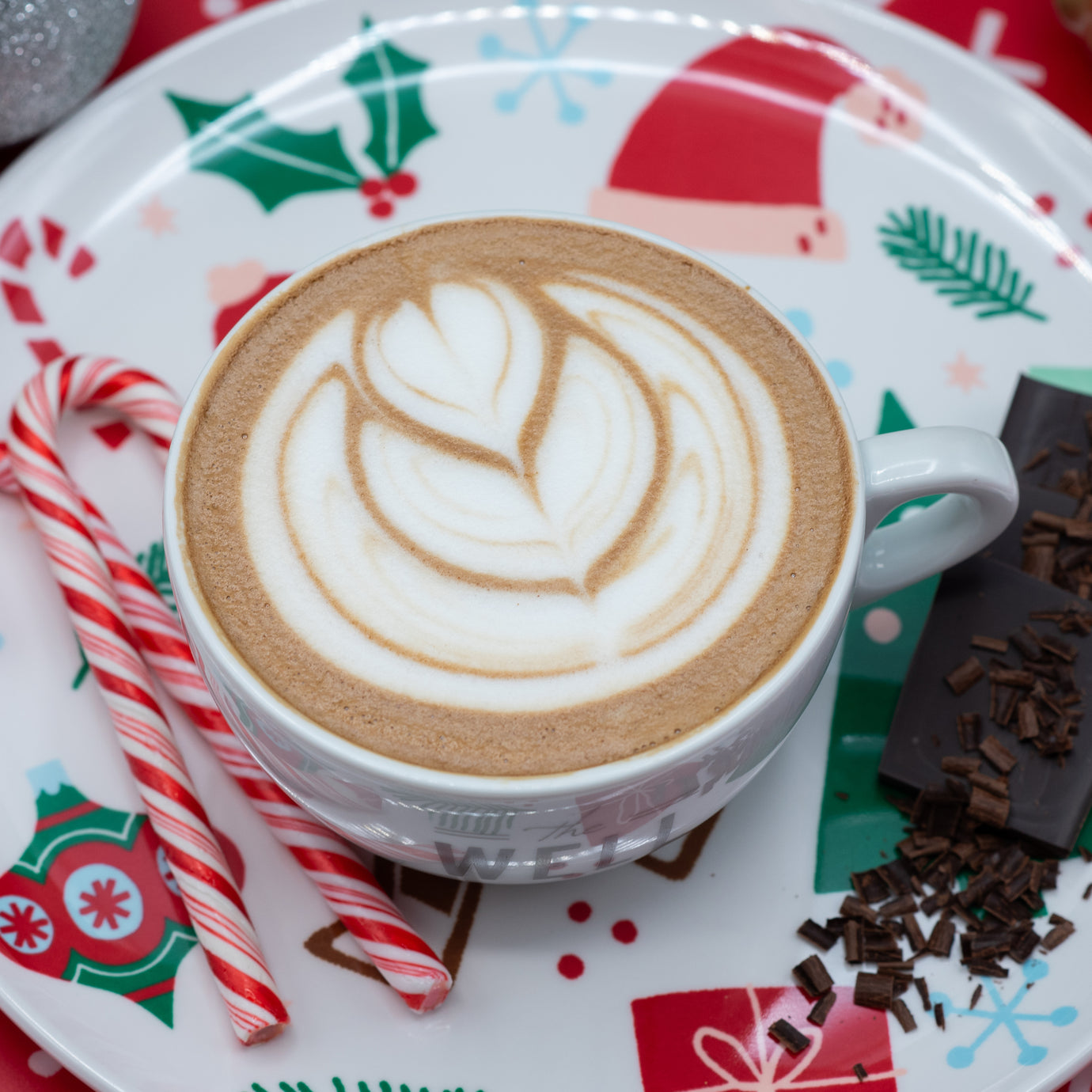How to Taste Coffee like a Pro (For Beginners)


OVERVIEW
If you've spent really any time around a third-wave coffee shop or around coffee snobs, you might know the feeling of being the only one in the room who doesn't really "get it" when people describe the taste of a really good cup of coffee. You might know that it tastes good or bad. You might even pick up on whether or not it is bitter or more acidic. Naming the tasting notes, mouthfeel and other descriptors might seem just out of reach for you. It's not just a plague of the coffee industry. This happens in a lot of similar industries such as quality restaurants, wineries and distilleries. We want to guide you on HOW to taste coffee. Sounds simple, right? It is, and it also isn't. Let's get started.
WHY SHOULD I CARE
First, we want to address the elephant in the room on this topic. Why? Why should I care about the finer details of a cup of coffee? "I like what I like, and don't like other things." OR "I'm just a dark roast guy/gal." That is TOTALLY FINE. Even for coffee professionals with decades of experience in the field, all we really care about at the end of the day is your positive experience in the cafe, at your home brew setup or wherever else you craft your cup. This article is primarily aimed at those out there who are searching for MORE. If you are interested in tasting, describing and really refining your palate, then you're in the right place.
WHAT TO PAY ATTENTION TO
Okay, so you're invested. We want to shine a light on some of the things you should pay attention to. First order of business, do you have a nose? Excellent! This will be super important as around 70% of your taste is coming from your nose. If you take nothing else away from this, remember to sniff things, preferably with your mouth open (yes, really), in order to land as many particles in your olfactory center and taste buds. Let's get to specifics.
AROMA
As we mentioned, your nose is key here. Technically there's a difference between fragrance and aroma, but we're going to tie these two together here. The concept is the same; the difference depends on whether or not you've added water to the ground coffee. Before moving forward it's important to mention that you will have wildly different results here depending on pre-grinding coffee vs. whole bean. You will lose a lot of fragrance/aroma after grinding, so it's important to grind just before you make a cup. Okay back to smelling... Before you even take a sip of coffee, it's going to be hot. Too hot in fact. By the time a cup reaches you at a table in our cafes, it's around roughly 185ºF. You really won't be able to taste the full flavor on your tongue until around 135ºF. Ever notice how sometimes it seems like it gets better the more you drink it? Or why bad coffee seems to get worse over the time you're drinking it? That's why. So what do we do in this time where it's too hot to drink? SMELL. Obviously you can take a sip if you want, but generally speaking you want to allow it cool off a bit.
Why wouldn't we just serve it to you ready to drink? Without going too far into the weeds, coffee is best brewed just off boil. Roughly between 204º-208ºF is how we brew typically. Think of the difference in taste of a Keurig vs. coffee shop drip coffee. Keurigs actually do a great job of brewing consistent water temperature; however, they really don't get much hotter than around 180ºF, so the coffee extraction isn't as complete. This is why a lot of third wave coffee shops will serve your high end pour-over coffees in ceramics that allow for rapid cooling for the first sip, while keeping the rest of your pour-over in a decanter to keep hot.
When describing the aroma or fragrance of a coffee, try to pick one or two flavors it reminds you of. Example: This smells like berries or oranges.
BODY
When we're talking about the body that the coffee has, we're primarily talking about mouthfeel. When you take a sip, is it heavy on your tongue? Is it especially light? Does it taste similar to honey in how thick and slow it moves, or does it swish around quickly like water. You've undoubtedly heard someone describe the body of wine before, and it's not much different than that. When you're sipping coffee to taste, don't just gulp it right away. Let it have it's time to shine for a couple of seconds. A rule in whiskey tasting is to let it sit in your mouth as many seconds as it has aged in years. How about this? Let the coffee sit in your mouth for as many seconds as the coffee cost you in dollars? The body of a coffee heavily depends on 2 things: the coffee itself and the brew method.
Different coffee growing regions are known for producing coffees with particular traits. Along with that there are many, many types of varietals of coffee. Think of the difference between Granny Smith apples and Gala Apples to get a sense of varietal differences. Coffee is from a cherry, so the concept is the same. Depending on the coffee and region grown, the coffee is going to have a heavier or lighter body. What is "good" just depends on your preference. Most people who enjoy a "bold" coffee will like something with a more robust body. Whereas others who enjoy lighter, more tea-like coffees will enjoy those without a pronounced body.
Brew methods also play a key role in the body of a coffee. This part is fun for the baristas; because depending on how we brew the coffee, we can directly impact the body it has. We'll give a quick example. Let's take a famously fruit-forward coffee like an Ethiopian Yirgacheffe. If we decide to brew this in a full immersion no paper filter brew method such as a French Press, it is likely going to taste very oily, muted and heavy. Well, as heavy as a Yirg could taste at least. On the flip side, if we brew it in a Chemex, which utilizes a unique and very thick paper filter, it will taste light, tea-like and watery. Sometimes just changing your method is enough to change a coffee entirely.
When describing the body of a coffee, try to speak on the weight and mouthfeel rather than taste. Example: It moves slow like molasses. or it's extremely light and clean.
ACIDITY
Have we lost you now?. Perhaps if you suffer from acid reflux, you’re thinking, "I don't want anything too acidic." Acidity is huge. In fact, it's the most important component in describing coffee taste. Here's why.
ALL of your flavor comes from the acid! Yes, you read it right. Less acid = less flavor, it's just that simple. Technically there's still some flavor from the oils and fats; but that flavor is much less desirable. Spoiler alert - the purpose of paper filters is to remove as much oil and fat as possible.
Allow me to give you an example. Think of Cold Brew. Cold Brew isn't just a cutesie name for a style of coffee. We literally do not use any hot water on the coffee. We use time rather than heat as the catalyst for flavor and use ice water, hence cold brew. Slow dripping it for 8-24 hours gives you a very malty, muted and usually chocolatey end product. It has somewhere in the neighborhood of 70% less acidity making it a great option for acid reflux sufferers. However, that also makes it a far less complex cup of coffee. Heat, on the other hand, which is most popular, introduces a chemical reaction in the coffee forcing the acidity to rise to the surface.
Complexity in the cup comes from a mixture of acids. Malic acid tastes like apples. Citric acid tastes like citrus fruits. There are many others. We could go on and on, but the point is that the combination of acids create the finer flavors in the coffee. The hardest part about learning to taste a coffee and describe it is figuring out how these acids present themselves. We'll talk more about that below in the tasting wheel section.
When describing the acidity of the coffee, typically you describe how bright the coffee is. Example: This coffee tastes very bright and tangy. Or this coffee tastes muted and understated.
FLAVOR
Flavor is effectively the twin of acidity, more or less how you describe those acids. This is when you really start to describe the specific flavors that arise due to the acids in the coffee. It’s challenging and easy at the same time. Stay with us… Most people can smell and taste a coffee that has an overwhelming note of blueberry. You could say, "this coffee tastes like blueberries"! It takes more time and attention to find what are the other notes? Rarely if ever is coffee a one-trick pony. There's always more depth and complexity. In time you learn to describe it as "this coffee tastes like a blueberry crumble, with hints of lavender and vanilla."
The best way to start effectively learning how to describe flavors in coffee is not by drinking coffee. Go eat something. Go drink something else. When you have something particularly plum-like or toasted walnut-like, keep that information in your brain. Sometimes the best way to learn how to taste and refine your palate for coffee is by really paying attention to tasting other things.
When describing the flavor of the coffee, typically you describe the details of what these acids remind you of. Example: It has a pronounced black cherry note mixed with a bitter, dark chocolate.
FLAVOR WHEEL
Here's perhaps the most useful tool we can offer. We didn't come up with it and there are many like it, but these come in handy when tasting something. Start on the outside with the basics, then learn to refine and describe more accurately. Ever been tasting with someone and they mentioned a flavor that was on the tip of your tongue? Sometimes simply having the verbiage in front of you is enough for you to describe what you taste.
This is the SCA's (Specialty Coffee Association) official Coffee Taster's Flavor Wheel. We want to give full credit to those involved with creating and distributing this incredibly handy tool, so find more info about it here: https://sca.coffee/research/coffee-tasters-flavor-wheel?page=resources&d=scaa-flavor-wheel.

ROASTING'S IMPACT ON FLAVOR
To be completely honest, we could write an entire article about the effects of different roast profiles for a coffee's flavor. Having said that, we'll simply focus on the highlights here. Roasting has an enormous impact on the coffee's flavor. As coffee professionals, our job is to take as little away from the original flavors produced by the farmers who've usually spent generations perfecting their crop. Think of roasting as a sauce. Let's say you have a terrible cut of meat. A heavy sauce (heavy roast in this case) can mask many of the less desirable tastes and produce, if nothing else, at least a cohesive, unified product. Now let's say you have a cut of Wagyu beef. If you put a heavy sauce on that, you are taking away from its natural uniqueness and flavors by covering it up. That is more or less how roasting will impact our coffee. The darker the roast, the more it covers up. The lighter the roast, the more the coffee speaks for itself. If you have a bad coffee with a light roast, its poor quality will be on full display. Much like if you have a delicious coffee with a dark roast, it will not adequately display its complexity.
A general rule of thumb for specialty coffee: the lighter the roast the better from a complexity standpoint. No hate for the dark roast lovers out there, but there's simply more to see in light roasts. Not to mention marginally more caffeine for those who like it "strong", but that's a topic for another day...
CUPPING
This is another topic that will likely become a larger article here, so keep your eyes open. Cupping is the detailed process for scoring coffee flavor. It's why we choose certain coffees over others. It's one reason why certain coffees cost more than others. People who are certified to grade coffee are known as Q-Graders. They are the coffee equivalent to Sommeliers. We at the Well Coffeehouse have one of the very few actively certified Q-Graders operating in Nashville leading our in-house coffee buying & public education classes.
The Well Coffeehouse hosts cuppings for employees and for the public (in our classes found online) to show exactly how we score and select our coffees. It's a unique process involving a community table where everyone comes together to taste in a repeatable, scalable and consistent way that reliably determines a coffee's quality by giving a numerical value.
If you'd like to sign up for one of our classes, use THIS LINK.
PRACTICE PRACTICE PRACTICE
This is the fun part. Go find a coffee shop, a friend or your favorite barista and see if you can do a tasting. You can only improve your palate by practicing intentionally. It's best to find a wise coffee sensei (of which there are many), but even without, you can lead the process of tasting multiple samples. I'll give you a personal example. I learned how to taste coffee by learning to taste whiskey, bourbon specifically. I had a friend invite a small group of us to try 5-6 different selections every so often and see what we tasted in them. There are no wrong answers, because everyone's taste buds are different. The important part is that you try. You'll see that many times you'll be tasting similar things. Learning how to decipher taste in spirits, wine, coffee or other food and drink all overlap. Let's say you were really into cheeses. Host a tasting and describe the unique flavors between them. Now on a different night do the exact same thing but with coffee.
Tasting Pro Tip: Okay people, it's time to swallow this pill. Sugar over-stimulates your palate. Time to say goodbye if you want to be serious about learning to taste subtle notes. You'll get to a point where the sugar in milk will become overwhelming. If you want to keep the sugar, then it's likely that you'll only be able to taste very obvious notes rather than more subtle ones. The choice is yours.
CONCLUSION
As we said at the top, coffee experience comes in all shapes and sizes. As long as you enjoy it, we're happy. But if you crave more, use this guide as a launch pad for refining your palate. You'll be surprised how your love and passion for coffee tasting will bleed into all aspects of flavor in your life. Coffee is among the most complex substances that we know of as humanity, so we encourage you to explore alongside us in finding the next mind-blowing cup of joe. It's a never-ending process and a lifelong passion for many. There are many, many baristas around the world waiting for the day you walk into the shop and ask, "can you teach me how to taste like you do?" We truly love what we do. The people and the coffee. It’s why we do what we do - because we know that people can come together over their shared passion of delicious coffee to help turn coffee back into water. That’s love, full circle.
Good luck and never stop learning,
Michael Galo






